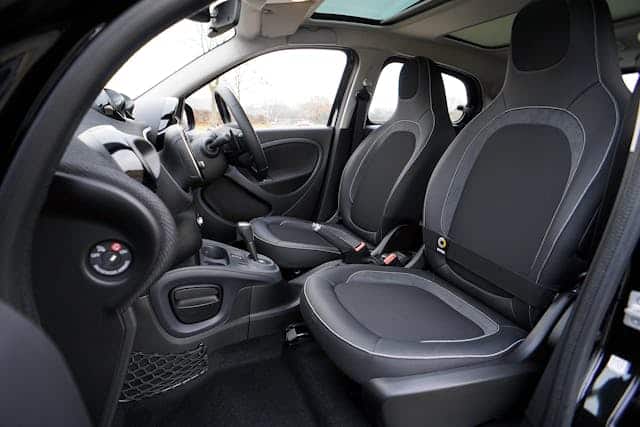How to Protect Your Vehicle’s Interior During Body Work
When your vehicle undergoes bodywork , whether for minor dents or significant collision repair, protecting its interior is crucial. The dust, debris, and chemicals involved in body repairs can damage the interior if proper precautions aren’t taken. This article provides comprehensive strategies for safeguarding your car’s interior during the repair process, ensuring that it remains pristine and unaffected by the work being done on the exterior.
, whether for minor dents or significant collision repair, protecting its interior is crucial. The dust, debris, and chemicals involved in body repairs can damage the interior if proper precautions aren’t taken. This article provides comprehensive strategies for safeguarding your car’s interior during the repair process, ensuring that it remains pristine and unaffected by the work being done on the exterior.
Use Protective Coverings
Seat Covers
Invest in high-quality seat covers or ask your repair shop if they provide them. Seat covers are essential for protecting the upholstery from dust, spills, and wear during the repair process. They should be durable, easy to install, and quick to remove without trapping dirt inside.
Floor Mats and Carpet Protection
Similarly, protecting the car’s flooring is crucial. Use plastic covers or a thick layer of paper mats to shield the carpets. Ensure these coverings are securely placed to avoid slippage, which can expose the carpets to potential damage.
Steering Wheel and Dashboard Covers
The steering wheel and dashboard are particularly susceptible to dust accumulation and scratches. Cover these areas with specific protective materials designed to fit snugly and provide barrier protection against the various elements encountered during body work.
Clean Regularly
Daily Cleaning Routine
During body work, your vehicle’s interior should be cleaned regularly to remove any dust or particles that might have entered despite protective measures. A daily vacuuming of the floor and wiping down of surfaces can prevent the buildup of dust and debris.
Post-Repair Deep Clean
Once the body work is complete, conduct a thorough deep clean of the interior or consider a professional detailing service. This will ensure that any lingering dust or chemical residues from the repair process are completely removed.
Ventilate the Vehicle
Air Out During Repairs
If possible, ensure that the vehicle is well-ventilated during repairs. This helps in minimizing the accumulation of fumes from paint or solvents inside the car. Keeping windows slightly open in a secure environment allows air circulation that can carry away airborne particles.
Use Air Purifiers
Consider using a portable air purifier with a HEPA filter inside your vehicle during and after the repairs. This can help capture fine particulates and maintain air quality within the cabin, especially important if the vehicle needs to be closed up and cannot be ventilated naturally.
Communicate with Your Repair Shop
Establish Expectations
Before the repair work begins, communicate with your repair shop about the importance of protecting the interior. Confirm that they will use covers and take measures to keep the interior clean. Knowing the shop’s procedures can give you peace of mind about the care they’ll take with your vehicle.
Check for Interior Protection Practices
When selecting a repair shop, consider their standard practices for interior protection. A reputable shop will automatically implement these protective measures as part of their service. Checking reviews or asking for referrals can provide insights into their attention to detail regarding interior protection.
Conclusion
Protecting your vehicle’s interior during body work is essential to maintain its condition and avoid additional cleaning costs or damage repairs. By implementing protective coverings, maintaining a regular cleaning schedule, ensuring proper ventilation, and communicating with your repair shop, you can keep your car’s interior safe and clean, no matter what exterior repairs it undergoes. Taking these precautions helps preserve the overall value and comfort of your vehicle, making the repair process as painless as possible.
